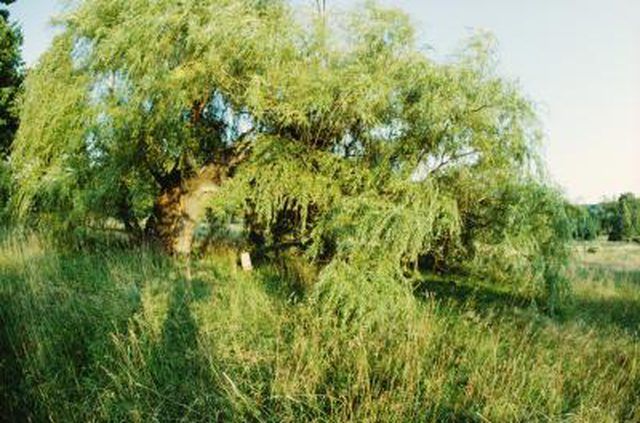Bulbs
Flower Basics
Flower Beds & Specialty Gardens
Flower Garden
Garden Furniture
Garden Gnomes
Garden Seeds
Garden Sheds
Garden Statues
Garden Tools & Supplies
Gardening Basics
Green & Organic
Groundcovers & Vines
Growing Annuals
Growing Basil
Growing Beans
Growing Berries
Growing Blueberries
Growing Cactus
Growing Corn
Growing Cotton
Growing Edibles
Growing Flowers
Growing Garlic
Growing Grapes
Growing Grass
Growing Herbs
Growing Jasmine
Growing Mint
Growing Mushrooms
Orchids
Growing Peanuts
Growing Perennials
Growing Plants
Growing Rosemary
Growing Roses
Growing Strawberries
Growing Sunflowers
Growing Thyme
Growing Tomatoes
Growing Tulips
Growing Vegetables
Herb Basics
Herb Garden
Indoor Growing
Landscaping Basics
Landscaping Patios
Landscaping Plants
Landscaping Shrubs
Landscaping Trees
Landscaping Walks & Pathways
Lawn Basics
Lawn Maintenance
Lawn Mowers
Lawn Ornaments
Lawn Planting
Lawn Tools
Outdoor Growing
Overall Landscape Planning
Pests, Weeds & Problems
Plant Basics
Rock Garden
Rose Garden
Shrubs
Soil
Specialty Gardens
Trees
Vegetable Garden
Yard Maintenance
How to Kill a Willow Tree Stump
How to Kill a Willow Tree Stump. Willow trees (Salix spp.) are often prized specimens in landscapes and natural settings, especially near water features, for their graceful form and an ability to thrive in poorly drained soils. Willow trees are also known for their prolific root systems, which can penetrate leach fields, lift sidewalks and...

Willow trees (Salix spp.) are often prized specimens in landscapes and natural settings, especially near water features, for their graceful form and an ability to thrive in poorly drained soils. Willow trees are also known for their prolific root systems, which can penetrate leach fields, lift sidewalks and otherwise damage structures and interfere with yard maintenance. Whether the willow's roots are creating problems or the tree is diseased or dying, it should be removed In this case, the stump and roots must also be treated to prevent re-sprouting.
Things You'll Need
Saw
Herbicide
Paintbrush or sprayer
Remove the tree. Cut off as much of the surface as possible if the stump has been sitting for longer than a few hours since removal. If the top few inches of stump cannot be easily removed, fray the bark to expose more of the tree's phloem. Ideally, the herbicide should be applied within 10 minutes of this cutting.
Select and prepare a herbicide. For willow stump treatment, use a herbicide that contains dicamba, triclopyr, imazapyr or picloram and 2,4-D. Glyphosate- and 2,4-D-based herbicides can be used for fair control, but stumps will then likely require further treatments.
Apply the herbicide to the cut surface according to manufacturer's instructions. One possible appliation method could involve brushing a thorough layer of herbicide on the cut and frayed surface. The chemical can also be sprayed onto the exposed surface.
Tips & Warnings
Herbicide treatments are most effective if the tree is not under moisture stress.
Avoid applying herbicides during the spring when there is heavy upward sap flow. Fall applications are often most effective, as the tree is building energy reserves in the root system.
Water-soluble herbicides may prove more effective than esters.